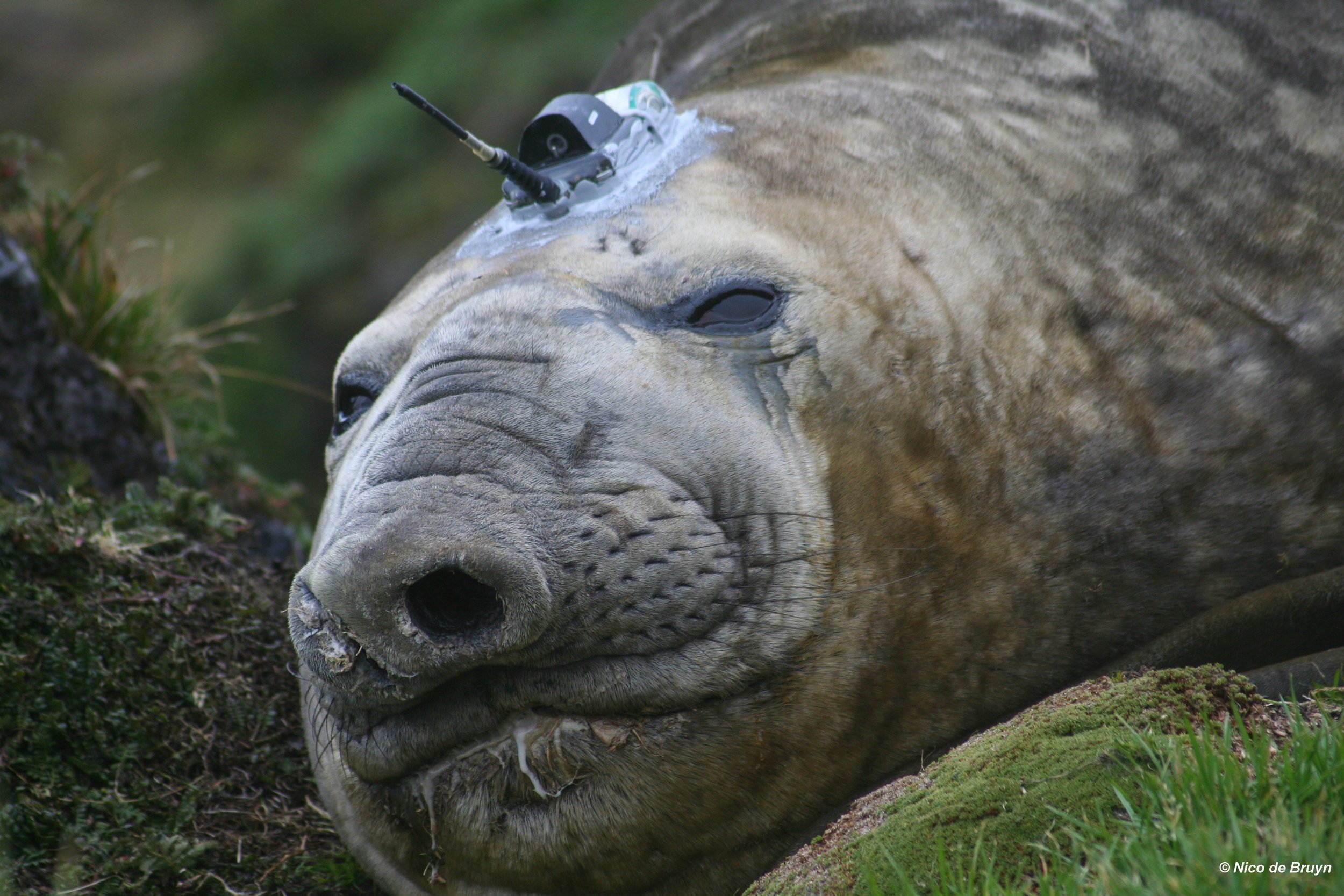New paper shows how breeding costs vary between females
/A new paper published online early in the journal Population Ecology by MIMMP postdoc Chris Oosthuizen and colleagues shows that breeding for the first time is costly, but only for “low quality” individuals.
Elephant seal females do not feed at all during lactation, and may lose 30 % of their body mass in a breeding season. Energy resources are more limiting for young breeding females because of their smaller body size and lower blubber reserves relative to older females. Young female elephant seals also reproduce before completing body growth, constraining the energy available for somatic maintenance and growth. Young first-time breeders may therefore be expected to have lower survival and subsequent breeding probabilities than those delaying reproduction to an older age.
Alternatively, the individual quality hypothesis predicts that high-quality individuals should reproduce at an early age, survive better, and have a greater probability of breeding in subsequent years. In this case, recruitment age is an indicator of “individual quality” – phenotypic or genetic characteristics that improves fitness.
Southern elephant seal females have varying costs associated with breeding. Photo: Chris Oosthuizen
We used statistical models to partition the life trajectories of female elephant seals into two classes which represent individuals with different breeding and survival probabilities. This analysis enabled us to show that individual differences (“individual quality”) governs the expression of trade-offs with first reproduction in elephant seals, with an immediate survival cost of first reproduction present among “low quality” individuals only. Our finding that individuals that recruit earlier in life survive and reproduce better than delayed breeders supports the hypothesis that recruitment age is an indicator of “individual quality”.


















